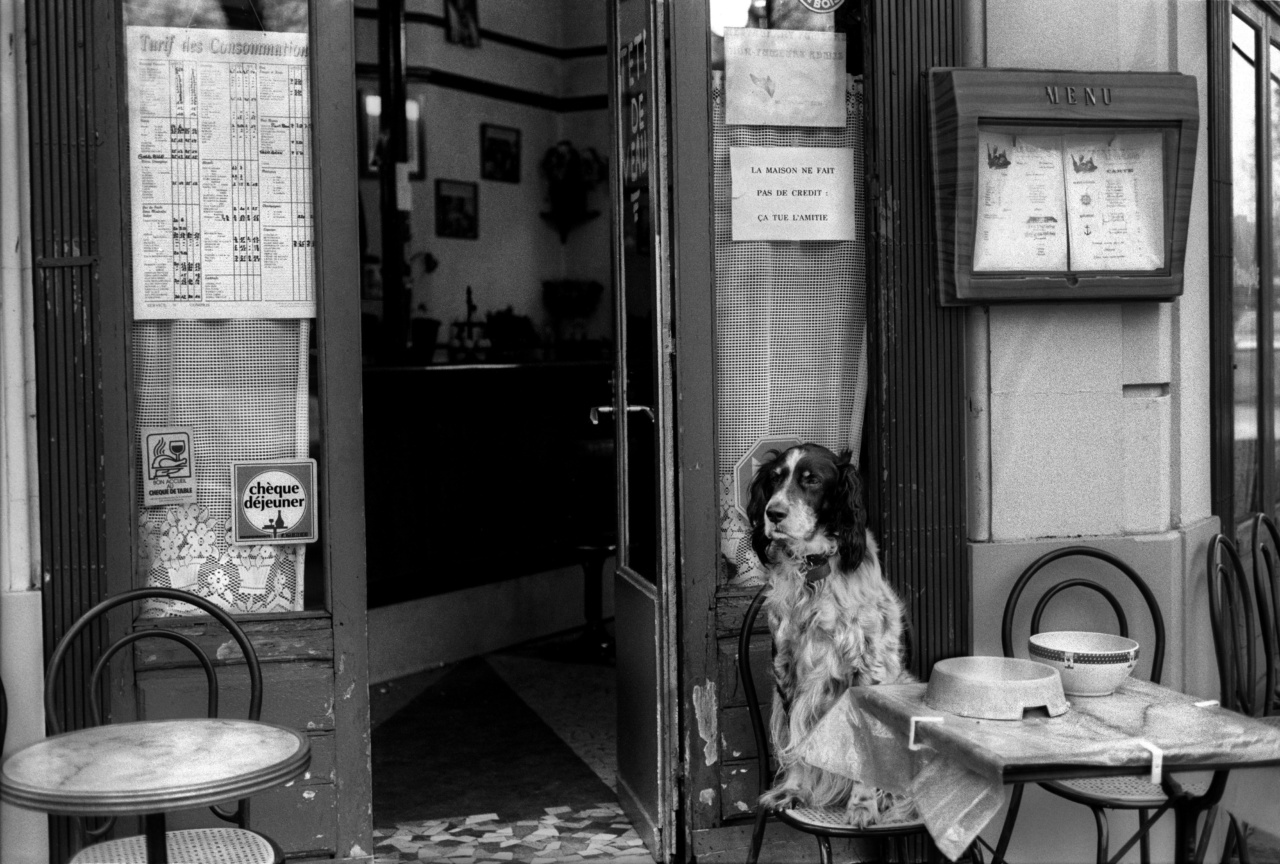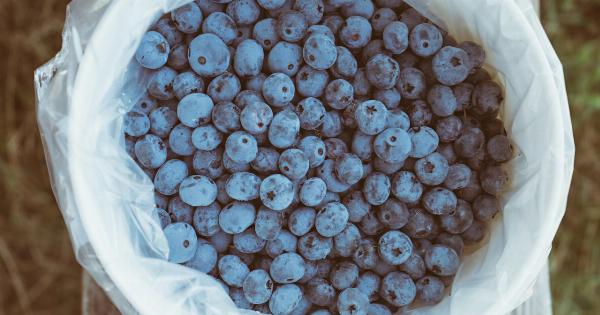Many dog owners have encountered the unpleasant situation of their pooch eating objects that are not food.
This behavior, called pica, can range from innocuous, like chewing on grass, to life-threatening, like swallowing small objects that can get lodged in the digestive tract. In this article, we will explore some of the reasons why dogs engage in pica and provide tips on how to make your furry friend stop.
What is pica in dogs?
Pica is defined as the consumption of non-food substances, including but not limited to clothing, plastic, wood, rocks, and dirt. This behavior can be caused by a range of factors, including behavioral, dietary, medical, and environmental issues.
Common causes of pica in dogs
Some of the most common reasons dogs engage in pica include:.
- Nutritional deficiencies: If your dog is not getting the necessary nutrients from their diet, they may seek out non-food substances to supplement their intake.
- Boredom and stress: Dogs that are left alone for extended periods or are not given enough mental stimulation may resort to chewing and eating non-food objects to pass the time.
- Anxiety: Dogs with separation anxiety or other forms of anxiety may engage in pica as a coping mechanism.
- Medical issues: Certain medical issues, such as inflammatory bowel disease, parasites, and hormonal imbalances, can cause dogs to eat non-food substances.
- Environmental factors: Dogs that are kept in dirty or cluttered living spaces may be more likely to ingest non-food items.
How to prevent pica in dogs
Preventing pica in dogs involves identifying and addressing the underlying cause of the behavior. Here are some tips to get you started:.
- Keep non-food objects out of reach: Be sure to keep objects that your dog may be tempted to eat, such as shoes and small toys, out of reach. If your dog likes to chew on furniture, consider using a deterrent spray.
- Provide plenty of exercise and mental stimulation: Dogs that are bored or stressed may engage in pica as a way to relieve their anxiety. Make sure your dog gets plenty of exercise and has access to plenty of toys and puzzles to keep them mentally stimulated.
- Feed a nutritionally balanced diet: Make sure your dog’s food contains all the necessary nutrients to prevent them from seeking out supplements from non-food sources.
- Address any medical issues: If your dog’s pica is caused by an underlying medical issue, such as parasites or hormonal imbalances, be sure to address the issue with your veterinarian.
- Keep living spaces clean and organized: If your dog is kept in a dirty or cluttered living space, they may be more likely to ingest non-food objects. Make sure living spaces are kept clean and organized.
When to seek veterinary care
If your dog’s pica is severe or persistent, it is best to seek veterinary care. Your vet can help you identify the underlying cause of the behavior and recommend an appropriate treatment plan.
Be sure to let your vet know if you suspect your dog has ingested non-food objects or has any other concerning symptoms, such as vomiting or diarrhea.
Conclusion
Pica in dogs is a common behavior that can range from harmless to dangerous.
By understanding the underlying causes of the behavior and taking steps to address them, you can help prevent your dog from ingesting non-food objects and ensure their overall health and happiness.






























